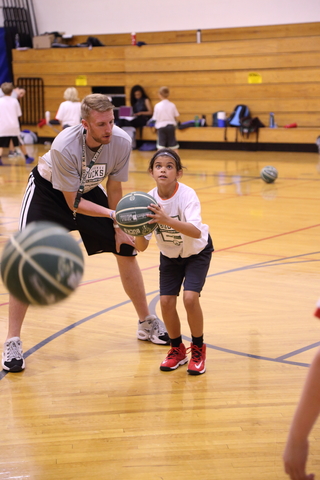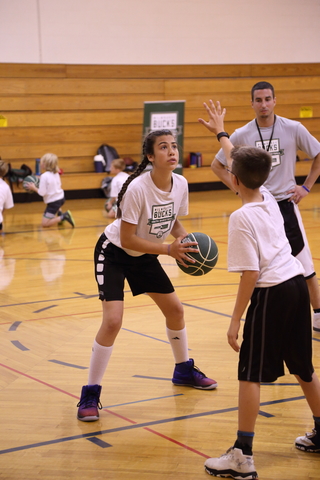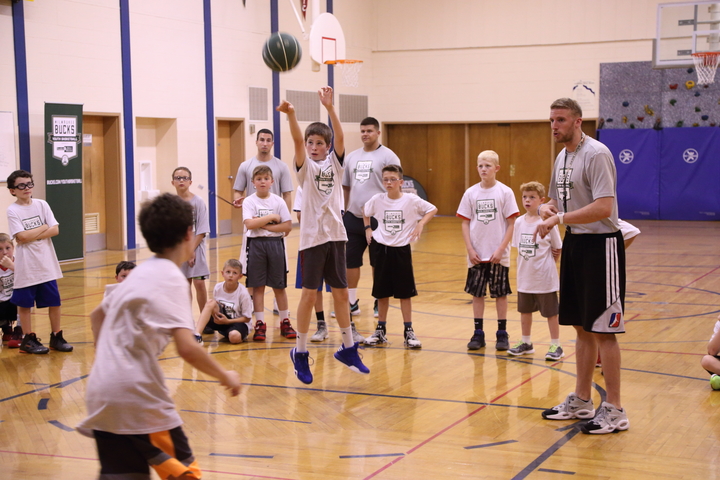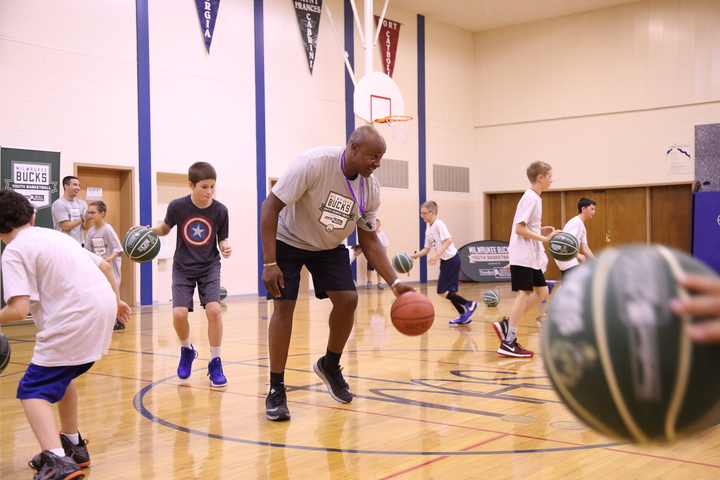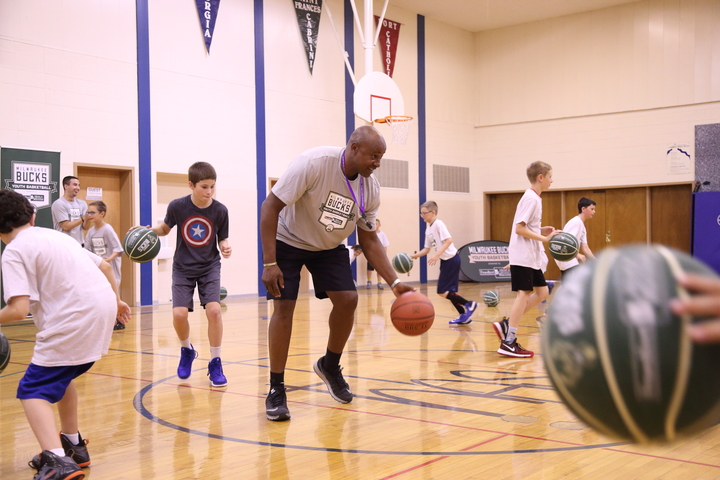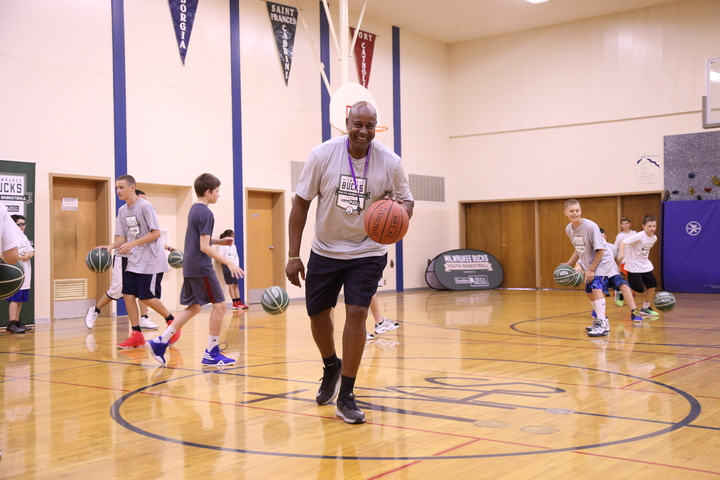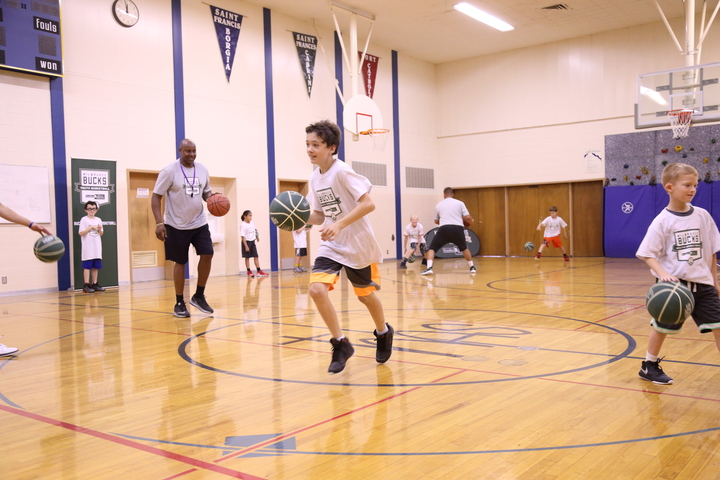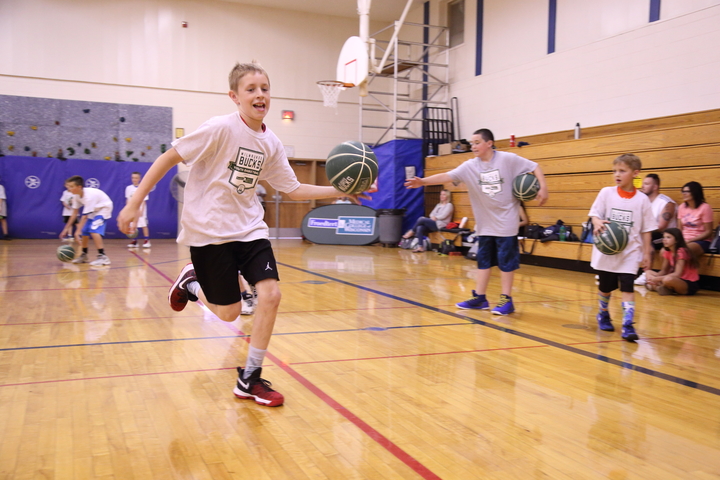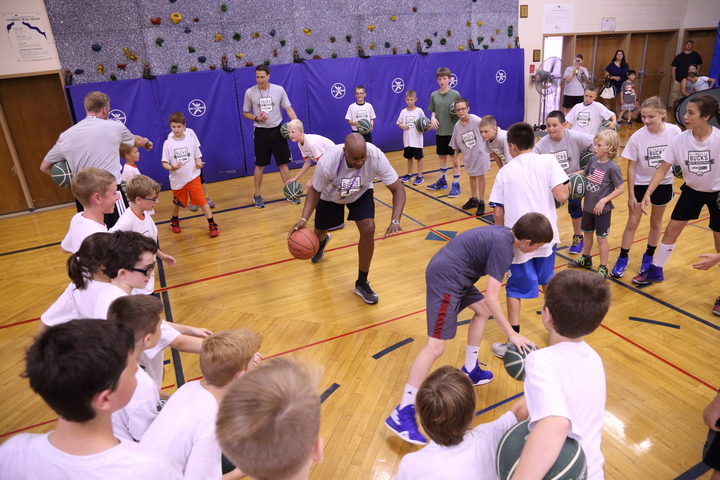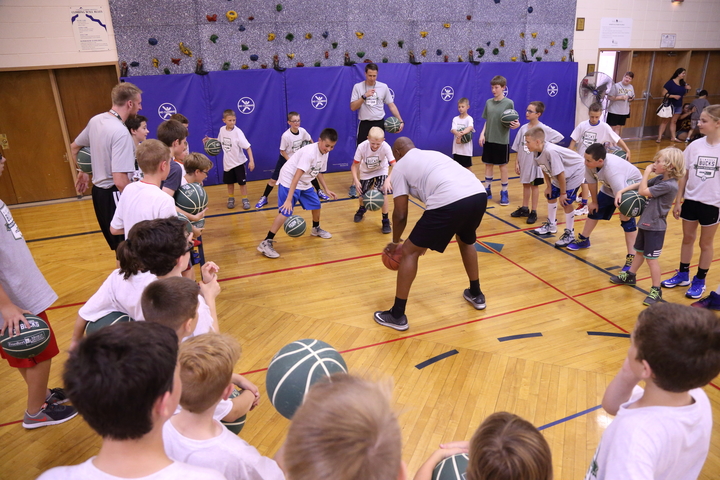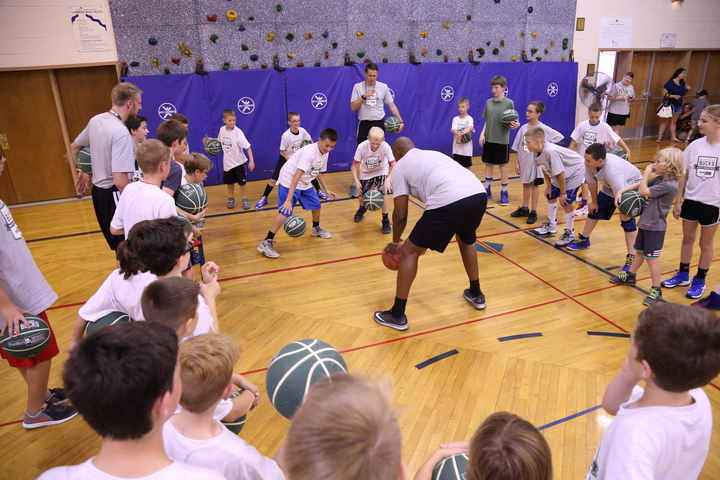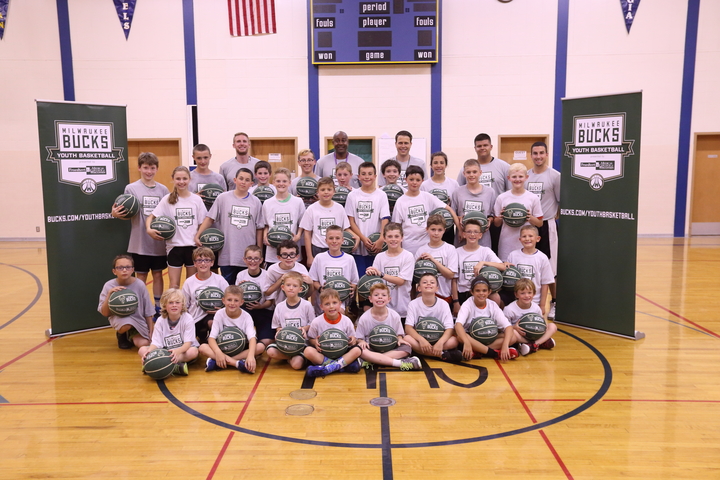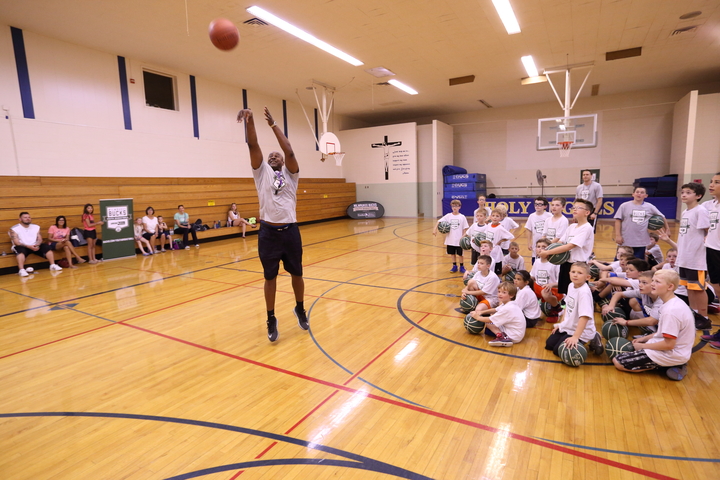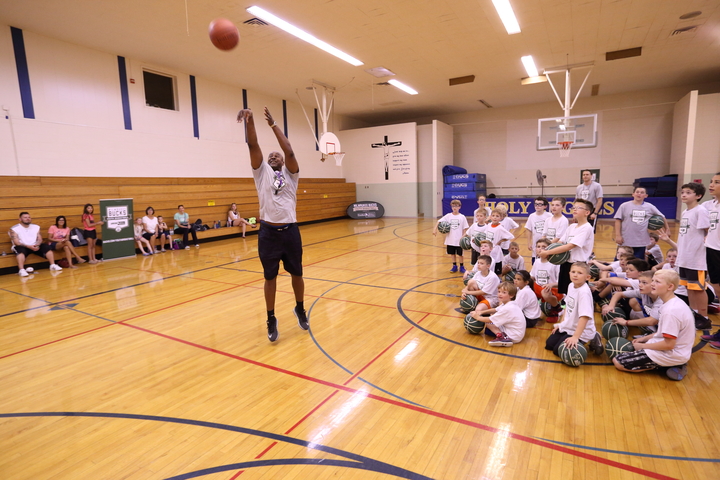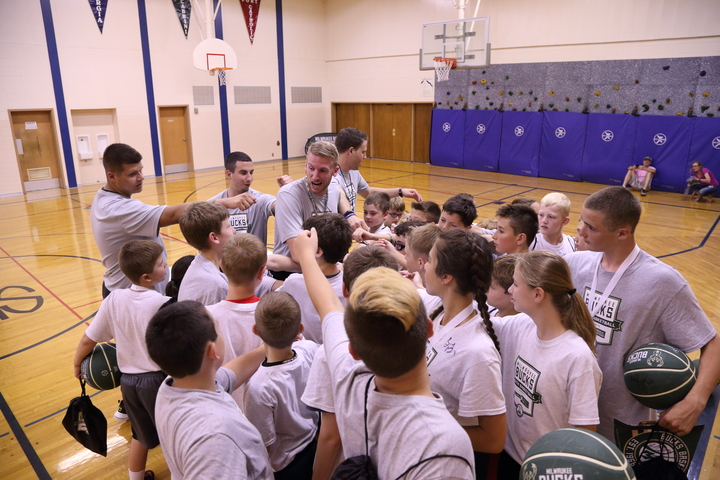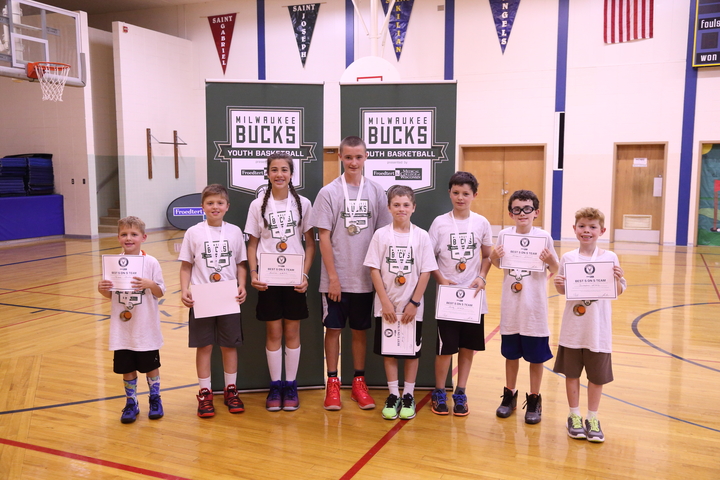The decision to change the name of Green Bay City Stadium to Lambeau Field couldn’t appear today to have been more prescient.
But like most ideas, it didn’t come about without a political tug-of-war.
Curly Lambeau died June 1, 1965. The stadium, originally dedicated in 1957, was officially renamed on Sept. 11, 1965. But the more than two-month debate over whether to do so was more protracted than one might think.
The proposal to name the Packers’ home field after Lambeau, the team’s co-founder and driving force behind its improbable survival, was nothing new.
As early as 1937, Milwaukee Sentinel sports columnist Howard Purser wrote, “Green Bay fans have started a movement to change the name of the city stadium to ‘Lambeau field’ as a tribute to the Packer coach.”
Purser wrote that when the Packers were playing in old City Stadium, their home from 1925 to 1956.
There also were other efforts over the years to honor Lambeau, including a push when the new stadium opened to rename the old one after him. That discussion preceded the decision in October 1959 to rename old City Stadium, East High School Stadium.
Two months later, George Banta Jr. of Menasha wrote a lengthy letter to the Green Bay Press-Gazette urging those in authority to rename the new stadium, Lambeau Stadium. Shortly thereafter, Green Bay alderman Thomas Atkinson urged his fellow City Council members to rename the stadium “in honor of the founder of the Green Bay Packers.”
Atkinson’s proposal resulted in the Green Bay Stadium Commission voting to erect a plaque at the new stadium in Lambeau’s honor instead. In the end, the plaque also included the names of the Packers’ first six presidents and was affixed in November 1960 to the outer wall of the ticket office, then on the west side of the stadium.
It wasn’t until Lambeau died that the suggestions to rename the stadium in his memory gained traction. Then the clamor built until officials had little choice but to stop stonewalling it.
Here is a timeline of events over the summer of 1965.
June 5 – Monsignor John Gehl of St. Francis Xavier Cathedral delivers the eulogy at Lambeau’s funeral and says, “I do think that our stadium or arena should be called by his name. This would be proper.” Team president Dominic Olejniczak and defensive coach Phil Bengtson represented the Packers at the funeral and former Packers coaches, Gene Ronzani and Lisle Blackbourn, were pallbearers. Vince Lombardi didn’t attend.
June 6 – Banta renews his request to rename City Stadium in Lambeau’s honor with another letter to the editor, the first of many on the subject that would appear in the Press-Gazette over the next two months. Banta noted that he thought the name City Stadium “lacked color and interest.”
June 8 – The Greater Green Bay Labor Council unanimously passes a resolution asking that the stadium be renamed “Lambeau Stadium” or “Lambeau Field.” The resolution stated that Lambeau “has contributed more to the recognition of Green Bay, both nationally and internationally, than any other native or adopted son.”
June 9 – The Wisconsin Senate passes a resolution paying tribute to Lambeau, but avoids the topic of renaming the stadium.
June 12 – The Mike & Pen Club of Green Bay, an association of local sportswriters and sportscasters, goes on record favoring a change to “Lambeau Stadium.” “Without the stamina of this man, building and coaching a football team, Green Bay would be just another location in the state of Wisconsin,” the group stated in a letter to the Stadium Commission.
June 14 – Mayor Donald Tilleman tells the Green Bay Rotary Club that he opposes changing the name of City Stadium. “City Stadium already is dedicated, by the vice president of the United States, to the people of Green Bay,” Tilleman said. “Some people are not aware of this and some have forgotten.” However, Tilleman said some form of recognition for Lambeau should be considered and suggested maybe renaming East Stadium in his honor.
June 15 – The City Council passes a resolution paying tribute to Lambeau and notes he had previously rejected the idea of naming the new stadium after him. “Boys, I am glad that you didn’t take any action on naming the new stadium after me,” the council claimed Lambeau had said before his death. “I never played there, had no part in building it, and it is my opinion that the new stadium belongs to the people who built it, the citizens of Green Bay.”
June 16 – The Press-Gazette prints an editorial favoring the name, “Curly Lambeau Field,” and notes its stance reflects the strong public sentiment in Green Bay and throughout Wisconsin to do so.
June 17 – The Press-Gazette’s Len Wagner writes in his sports column that he’s confounded by the wording of the resolution introduced by the mayor and passed by the City Council two days earlier. Wagner called it “a piece of paper with meaningless words.” He also said he conducted an informal poll of 34 Green Bay barber shops and the feedback he received overwhelming favored changing the name to honor Lambeau.
June 21 – Eric Karll, composer of the song, “Go, You Packers, Go,” says he has written a letter to Mayor Tilleman asking that City Stadium be renamed in Lambeau’s honor.
July 6 – The City Council creates a seven-member citizens council to study a Stadium Commission recommendation to build a museum-type memorial next to City Stadium to be dedicated in Lambeau’s honor. City attorney Clarence Nier said a fund drive to build the memorial would show how serious people actually were about honoring Lambeau.
July 8 – The Press-Gazette’s lead editorial again urges renaming the stadium, Lambeau Field. It noted building a memorial would be fine, but it was “not acceptable as a substitute for the proper enshrinement of the Lambeau name.” The same day, Wagner writes another column in the Press-Gazette criticizing the Stadium Commission for stating that changing the stadium’s name to Lambeau Field would be “trite” and “bush league.” Wagner asked the commission members, “Gentlemen, if honoring an individual by naming America’s most beautiful stadium after him is bush league, just what is considered to be major league?”
July 15 – Wagner writes that people calling him about renaming the stadium in Lambeau’s honor should be calling their aldermen instead.
July 20 – Twenty-one aldermen circulate a one-sentence statement before a City Council meeting recommending that City Stadium be renamed in honor of Lambeau. Mayor Tilleman ruled the motion out of order, but said the recommendation should be sent to the Stadium Commission for review.
July 23 – The Press-Gazette polls four members of the Packers’ board of directors asking where they stand on renaming City Stadium in honor of Lambeau. Charles Egan said he favored the idea. Fred Leicht and Carl Mraz refused comment. Hayden Evans said he hadn’t made up his mind.
July 25 – The 1965 Packer Yearbook has hit the newsstands, the Press-Gazette reports. The cover is a 1961 photo of Vince Lombardi shaking hands with Lambeau. Forty-two years later, Art Daley, publisher of the yearbook, told Jeff Ash of the Press-Gazette that Lombardi called and berated him after he was shown a copy. “What do you mean putting me on the cover with him?” Daley remembered Lombardi shouting into his ear. “That was the worst yearbook you ever put out!” Daley said Lombardi slammed the phone down on him and ignored him for months. Former Packers PR man Lee Remmel said Lombardi had worked behind the scenes to prevent the renaming of the stadium. “Twice within my hearing, he inveighed against naming it Lambeau Field,” Remmel told me in a 2003 interview. “(Lombardi) was diametrically opposed to it, no question about that.”
July 26 – The seven-member citizens council named by the City Council 20 days earlier unanimously recommends renaming the stadium in Lambeau’s honor.
July 30 – The Press-Gazette reports in an editorial that nearly 90 percent of the people it had contacted for its six Q&As about renaming the stadium favored the name, Lambeau Field.
Aug. 2 – The seven-man Packers executive committee recommends renaming City Stadium in Lambeau’s honor. That same day, the Stadium Commission recommends naming the stadium, Lambeau Field.
Aug. 3 – Green Bay City Stadium is renamed Lambeau Field by a unanimous vote of the City Council. One alderman, Francis Hessel, said he thought Lambeau Stadium would sound better.
Sept. 11 – In a brief pre-game ceremony before the Packers played the St. Louis Cardinals in a preseason game, Green Bay City Stadium is formally rededicated and renamed Lambeau Field. Mayor Tilleman performed the dedication. Don Lambeau, Curly’s son, spoke on behalf of the family. “It has often been said that my father was without sentiment, but those of you who knew him intimately, either as neighbor or friend or business associate, know that he, too, could not have stood here tonight without having been deeply touched,” Don Lambeau told the crowd of more than 50,000.
Story by Cliff Christl, Courtesy of Green Bay Packers.



